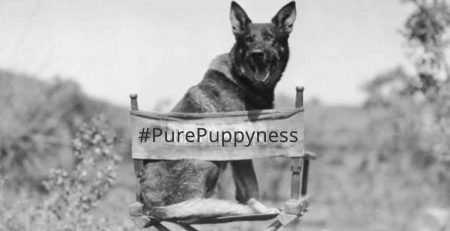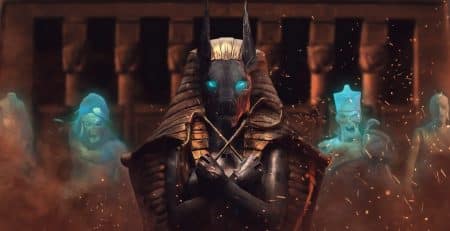Balto
My daughter loves dogs as I think every kid. One of her favourite stories is the animated film BALTO. It chronicles the world famous journey of a half-wolf outcast named Balto. Let’s see the real story behind the Hollywood cartoon movie.
The real Balto
The real Balto was a black and white Siberian husky born in 1919. He played an important role in the so-called 1925 serum run to Nome, Alaska to combat the outbreak of a dangerous diphtheria disease.

Nome is a city in Alaska, at the Bering Sea. In 1898 gold was discovered just a few miles from the future site of Nome. Next year gold was found in the beach sands too along the coast close to the town. News about the gold discovery caused a huge gold rush to Nome and it became the most populous city in Alaska.
Deadly epidemic
In January 1925 the only doctor in Nome, Curtis Welch noticed the potentially outbreak of a deadly diphtheria epidemic among children in the city. Good news was that the disease could be manageable by a serum stored in Seattle. Bad news was that the serum could not be delivered to Nome immediately. The only aircraft suitable for flying from Seattle to Nome could not take off because its engine was frozen. Authorities had to find the solution very quickly. Finally figured out that they should use dog sled teams as part of a relay to transport the medicine to Nome. Mushers and their dogs faced ugly but typical Alaskan winter conditions: around -30 °C temperatures, blizzards, powerful winds and whiteout. These conditions reduce severely the visibility and the horizon disappears fully without any reference points and clear orientation.
Success
On the 2nd of February, 1925 Norwegian musher, Gunnar Kaasen and his dog sled team, led by Balto delivered the serum to Nome. During the last stretch of the journey Balto could stay in the trail in the hazardous whiteout conditions and he also saved the life of his team in the Topkok River. Kaasen received a very warm welcome after reaching Nome but he wanted to share his victory with Balto and his team mates as well.
He became famous
The press loved the story of Balto and thanks to the news coverage of the successful run. The world audience wanted to know every detail of the story.
Gunnar Kaasen and Balto became real celebrities of the era. 10 months after Kaasan and Balto achieved their goal to arrive safely at Nome, Balto’s statue was erected in the Central Park, New York City.
After Kaasen decided to go home to Alaska. The company who sponsored his tours sold Balto and his other dogs to a circus show in Los Angeles. A few months later George Kimble, a businessman from Cleveland, Ohio discovered the dogs in very bad condition. They were unhealthy and chained in a small area and badly handled. Kimble seek the help of the public and with the major daily newspaper of Cleveland they could buy and bring Balto and his six mates to Ohio. In February 1927 Balto and his team arrived to Cleveland receiving a hero’s welcome. They were placed at the zoo of Cleveland where they got the highest providence until their final days. Balto died at the age of 14 but his legacy still inspires many people around the world.






















